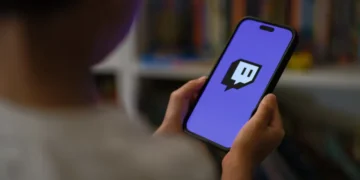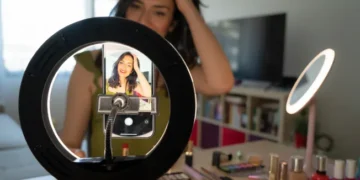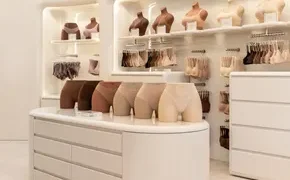Opinions expressed by Entrepreneur contributors are their own.
Although ideas and opportunities have been used interchangeably, they are not the same. Ideas are unproven concepts, and opportunities are proven concepts that have value. An idea is not always an opportunity. According to IGI Global, only about 6% of ideas become a commercial success. A good idea has to be an improvement of a current product or something new in the market. Turning an idea into an opportunity is not an easy task — trust me, I know. It takes a lot of time, patience, perseverance, resources, diligence and hard work. Most importantly, it takes confidence and fully believing in what you’re doing. You have to be able to convey to your target audience that your idea would be of great value to them. Here are a few ways you can identify if a business idea can become a business opportunity:
Related: 5 Steps for Turning Your Invention Idea Into a Product
Does your idea solve a problem?
My Alahta hairbrush pouch was created out of a need. It wasn’t a “what money-making idea can I come up with?” type of situation. I needed a pouch or case that I could store my hairbrush or comb in while inside my purse or travel luggage. I wanted something that would protect the interior from stray hairs, keep my hair accessories free of dust and dirt and also provide organization. When I’m organized, I function better. My product idea adds value, solves a problem and fulfills a need.
Is there a gap in the marketplace regarding your idea?
The product I was searching for could not be something made to fit a specific shape and size hairbrush or comb, it should be flexible enough to accommodate the different shapes and sizes of hairbrushes and combs I owned. As I searched for this product in stores and online and couldn’t find it, I thought of the idea to create my own and saw this idea as an opportunity. I felt that I couldn’t be the only one needing this product. I’m sure some of my target audience needed this product but didn’t realize they needed it.
The uniqueness of this product, the durability and the added colors and prints would be a great investment for the customer. I did three different surveys to see if anyone besides me would be interested in this idea. I conducted the surveys with strangers because I wanted people who be more honest than not. The prototype I used for the survey was a solid red color. A few of the surveyors advised that I should do prints and more colors. I explained that I planned to have different colors and some prints and that the sample they saw was for survey purposes only. It excited me that they were involved enough to offer advice. The consensus was that males and females liked my idea and were interested, so I moved forward with taking the next step in trying to turn my idea into an opportunity because there was a gap in the marketplace for this product.
Related: 5 Ways to Turn a Crazy Idea Into an Awesome Reality
Will people pay for your idea?
Simply put, without customers, there is no business opportunity. You must find out if people would actually be willing to pay for your product idea and determine if there is any demand for it. Beyond that, it’s also important to determine how much people would be willing to pay for your product.
Research your competitor
While trying to determine if there was a gap in the market for my product idea, I also searched for potential competitors and looked into the products they offered. I wanted to make sure that my product was unique and would provide more value than my competitors’ products. I was pleased to find that my competitors didn’t have a product that would compete with mine. Finding this out built up my confidence, and I was excited to get started because I wanted to share my product idea with as many potential customers as I could reach.
Related: 5 Reasons Why a Good Business Idea Is Never Enough to Succeed
I’ve had the pleasure of sharing my story as to why I created this product, not only on my website but also in person when I’ve gone to beauty salons to pitch my product. It makes me even more proud of the times I’ve been told by strangers that my product was a smart idea. Although what I’ve shared in this article is not the holy grail for determining if your idea can become a business opportunity or not, it is a great starting point. It’s normal to be concerned that no one or not enough people will think as much of your idea as you do.
If you fear failing, you’re not alone. Don’t allow that to stop you, and don’t be afraid to test the waters — but be careful and logical in doing so. Based on my personal experience on my journey, I suggest you do thorough research, don’t make knee-jerk decisions, ask for feedback, be consistent, build a team, have everyone sign an NDA, practice self-care regularly, and find a mentor. You can’t do it all alone. Don’t allow the obstacles that I’m sure you will face to intimidate you. Keep at it, and turn that idea into a success.
Read the full article here














